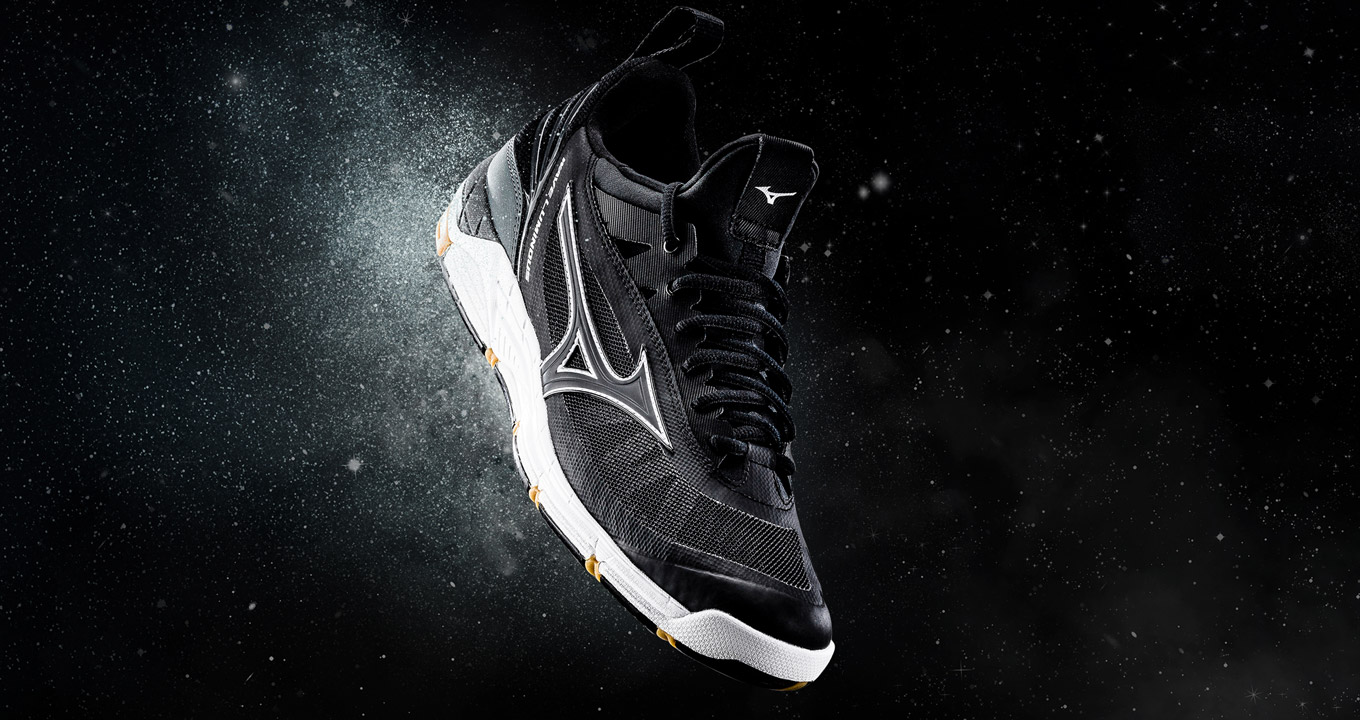A Holistic Change
“We used to have what I called the ‘ta-da moment’. Product managers would work on their collections and then reveal them at the last moment. No-one had any idea what was in the pipeline unless they were intimately familiar with the category. There was little to no visibility of development. We wanted to know what was in the pipeline and set realistic launch timelines.”
Tim Rumer, Director of Product Lifecycle Management at Mizuno USA, recalls that line planning and product development at the sports brand used to be a headache.
“We needed an easier way for product managers to plan their categories and manage multiple styles,” he explains. “When we were doing it through our ERP system, making updates and adding styles was painful to say the least.”
Today, things look very different. Mizuno USA now uses Centric Product Lifecycle Management (PLM) across all of its divisions and 28 product categories. Centric has been adopted enthusiastically by users and has become the standard platform for communication and product development across the organization.
“Centralized product information was the big one for us,” notes Rumer. “Designers, developers and product managers are in the system every day. Supply chain staff pull information they need from Centric and we are beginning to add vendors to the system. People are in the habit of using it now. There’s been a holistic change throughout the organization. If there’s a question, Centric is the first place anyone goes for an answer.”
Since implementing Centric PLM™, Mizuno USA has ditched painful product development, increased the capacity of category managers by up to 75%, and boosted SKU numbers in one division by an impressive 10.2% in just one year. How did they get here?

Sporting Heritage
Mizuno USA is a subsidiary of Mizuno Corporation, the sporting goods giant founded by two brothers in Osaka, Japan in 1906. Originally selling Western sports sundries such as baseballs, Mizuno began manufacturing athletic wear to order in 1907 and launched its famous range of golf clubs in 1933. Mizuno opened its first American factory in Los Angeles in 1961 and American Mizuno, known today as Mizuno USA, was born.
Today, Mizuno is a global brand renowned for making quality sports apparel and equipment for golf, tennis, baseball, volleyball, football, running, rugby, skiing, cycling, judo, table tennis, badminton, boxing and athletics.
Mizuno USA is headquartered in Norcross, Georgia, and expanded its manufacturing and distribution capabilities with a new hi-tech facility in Braselton, Georgia in 2014. The American subsidiary of Mizuno Corporation has four main divisions: running, golf, ‘diamond sports’ (baseball and softball) and volleyball. The company recently added soccer, swim and tennis apparel and equipment to its expanding collections.
Light Years Ahead
Realizing the company needed to invest in a PLM solution to improve visibility across the product development process and centralize product information, Mizuno USA selected Centric Software’s flagship Centric 8 PLM solution in 2014.As Rumer says, “During the demo process, what we saw from Centric was light years ahead of other products. It was much more intuitive and easy to use. With some PLM solutions, you would have to be a pseudo-programmer or IT person to use it versus a product line manager whose job is to plan out assortments and who doesn’t have the time to acquire a whole other level of expertise. Centric is much, much easier.”
Hit ‘Refresh’
Unfortunately, the initial implementation stalled due to personnel changes. Rumer moved from his position in the diamond sports division to revitalize the project.
Centric helped us to formalize our processes in diamond sports and things were working really well there, so my job was to get the same processes active within Centric across all of our divisions.
“We had to stop working in silos and pull back to take a broader look, making sure that we were implementing Centric PLM in the same capacity across all divisions.”
“Once we did that, we got the ball rolling again and the implementation was great. The Centric team have been fantastic, support-wise. They helped us to get everyone on the same page and make sure that the implementation was working for the whole organization, not just for one division.”
Doing More with Less
“We can manage more categories with fewer people, hands down,” Rumer says. “Between Centric’s data management capabilities and the planning functionality, one person can easily manage 50- 75% more styles than they could previously. Centric also enables people to handle more categories. A person who was managing cleated footwear now also manages soccer footwear and ball gloves, which is our most SKU-intense category.”
“Another major benefit is onboarding,” he continues. “Historically, when a person left the building, the category knowledge effectively left with them because it was contained in a bunch of spreadsheets and 50,000 emails.”
“Now, all of the development notes are in one place. Coupled with the development calendar, you can literally plug someone in mid-stream and they know exactly where we are in the development process and what tasks they need to complete next. People can also jump between categories much more easily within the organization, as they’re managed in the same way.”
In the diamond sports division, Mizuno USA has increased its SKU count by 10.2% since implementing Centric PLM. As Rumer points out, even tracking that data is made much easier with Centric in place.
“If you truly manage all of your products in Centric, the data’s all there and you can pull it in three seconds with the change of a view or export. People have had that lightbulb moment by now – if they work in the system consistently, the information output is there for them and for everybody else.”

What Next?
Development timelines have shortened since implementing Centric PLM so shrinking go-to-market times is a high-priority goal for Mizuno USA.
“The development side is almost happening too fast now so we’re wrapping our arms around that as an organization!” Rumer exclaims. “Centric has definitely sped us up and increased the number of styles we end up putting out per season. The next step is our go-to-market and commercialization processes.”
“We’ve only just scratched the surface of what Centric can do. Calendarization, line planning, apparel development and sample reviews are the big ones for us so far. We’ve already moved from straightforward product development to developing all of our marketing materials and sales collateral in the system. As we move forward we are looking at quality control, adding more vendors and so many more aspects of Centric PLM we haven’t even touched yet.”
New to Centric PLM? Learn more
Centric AI Fashion Inspiration Learn more
What is Centric Planning? Learn more
Demand Planning Learn more
Assortment Planning Learn more
Allocation and Replenishment Learn more
What is Centric Pricing & Inventory? Learn more
What is Centric Market Intelligence? Learn more
Centric Visual Boards Learn more
















